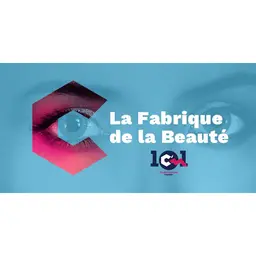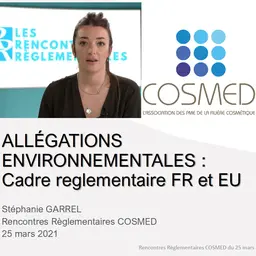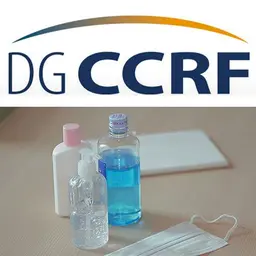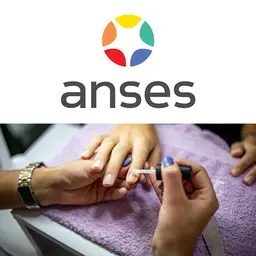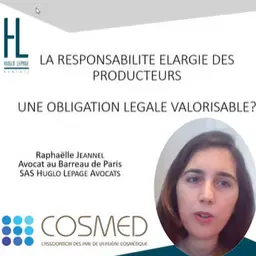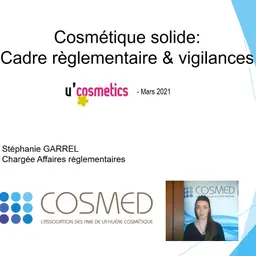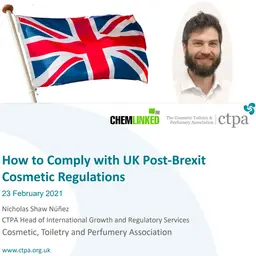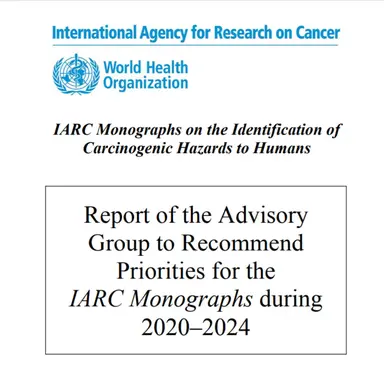
IARC (International Agency for Research on Cancer) has just released the Report of its Advisory Group to Recommend Priorities for the IARC Monographs during 2020–2024. In addition to lack of sleep and very hot drinks, these evaluation recommendations also include ingredients that can be used in cosmetic products such as UV filters, preservatives, fragrances, colourants or nanomaterials…
IARC periodically convenes Advisory Groups to ensure that its Monographs evaluations reflect the current state of scientific evidence relevant to carcinogenicity. Such a group met in Lyon, France, on 25–27 March 2019 and determined priorities for evaluation.
Priorities were assigned on the basis of evidence of human exposure and the extent of the available evidence for evaluating carcinogenicity (i.e. the availability of relevant evidence on cancer in humans, cancer in experimental animals, and mechanisms of carcinogenesis…).
The report of this group has just been made public by IARC. Excluding the many substances already included in Annex II (banned substances) of the Cosmetics Regulation, it still contains some ingredients of interest to industry.
The main ingredients recommended for evaluation
Aluminium (CAS: 7429-90-5)
Not regulated by the Cosmetics Regulation 1223/2009
Aluminium metal and aluminium compounds have not been previously evaluated by the IARC Monographs programme.
In humans, the main routes of chronic exposure to aluminium are oral (food, water, oral medication), cutaneous (cosmetic, antiperspirant), and respiratory (dust inhalation). Some studies suggesting that the use of antiperspirants containing aluminium salts may be associated with an increasing incidence of breast cancer have sparked scientific controversy, and this relationship has not been confirmedBetter definition of …

